The rows of ancient trees on Phan Dinh Phung street, their leaves casting a cool shade; the silent white blossoms of the crape myrtle trees on Phan Chu Trinh street; the straight, dark trunks of the star trees lining Lo Duc street… have become the gentle melodies in the symphony of Hanoi's landscape – where green trees not only provide shade but also preserve the vivid memories of a cultural city.
In the context of rapid urbanization, Hanoi is facing an urgent need for green space planning, not only for shade but also for creating identity and nurturing memories.
The city's silent ambassadors
In the process of creating a green, civilized, and modern city, Hanoi is facing the challenge of planning green spaces in a way that harmonizes the environment and urban identity.
Many first-time visitors to Hanoi are impressed by its peaceful and ancient charm, rarely found in other major cities. Streets like Phan Dinh Phung, Nguyen Tri Phuong, and Hoang Dieu are vivid examples of the harmonious blend of modern urban life and lush greenery. The trees here are not only an ecological element but also a cultural and landscape symbol.
Ms. Minh Ha, a Vietnamese expatriate from Germany with roots in Hanoi, shared that although she has been away from her homeland for a long time, every street corner and tree remains vividly etched in her memory. Hanoi is now much more beautiful, especially the streets lined with neatly arranged, colorful trees. Many streets have even become favorite destinations for photography and cultural activities.
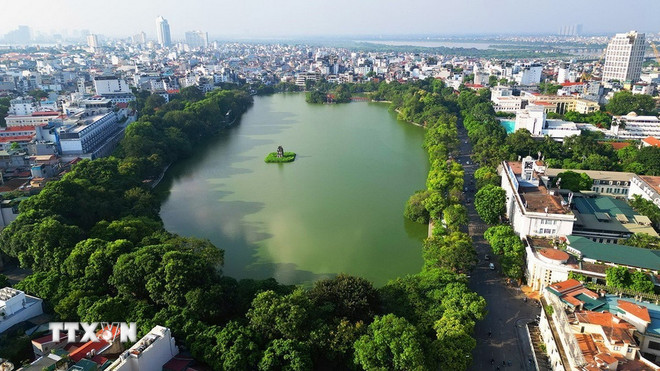
Around the world , trees also serve as silent but effective "image ambassadors," with many cities leveraging them to shape their unique identity.
Like the Gonçalo de Carvalho road in Brazil with its 500-meter tunnel of magnificent Tipuana trees, the vibrant purple Jacaranda tree road in Zimbabwe, the unique ancient Baobab tree road in Madagascar, or the dazzling maple tree road by Lake Kawaguchiko in Japan…
This demonstrates that smart green space planning can transform an ordinary road into an attractive tourist destination.
Creating visual memories and identity for Hanoi.
Hanoi currently has approximately 1.8 million urban trees. In the Capital City's planning for the period 2021-2030, with a vision to 2050, the specific target for 2030 is to achieve an urban green space area of approximately 10-12 m²/person. These trees are not only considered the "lungs" of the city but are also identified as a key element in creating the landscape and preserving its identity.
In fact, Hanoi has made significant progress in recent years. Many new streets such as Pham Van Dong, Vo Chi Cong, Vo Nguyen Giap… have been planned with synchronized, modern tree planting, creating a close connection with nature.
Tree species such as sandalwood, small-leaved Terminalia, date palm, and Bauhinia are being introduced to replace and enrich urban vegetation, while also enhancing the ability to adapt to increasingly harsh climatic conditions.
According to experts, the major challenge today lies not in the quantity but in the quality of green space planning and the ability to create a distinctive landscape identity for each area.
Dr. Pham Anh Tuan, Chairman of the Vietnam Landscape Architects Association, believes that Hanoi needs a plan for planting trees along each street and in each space, tailored to the unique landscape characteristics and linked to the identity of each street.
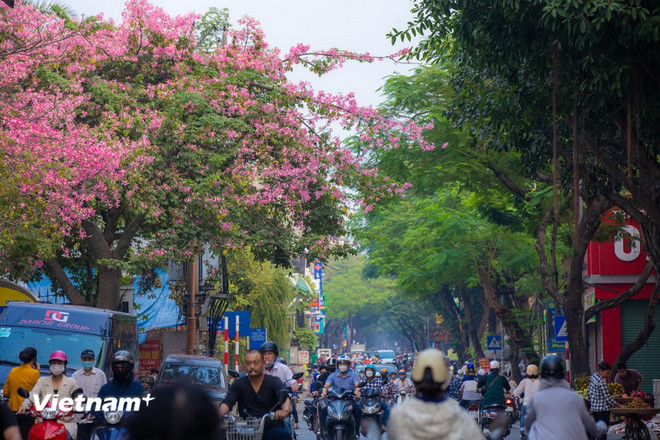
According to him, the city needs to research and select tree species suitable for urban spaces, replacing those that are no longer appropriate, meeting the requirements for landscape, environment, and safety for residents.
Professor-Doctor Ngo Quang De (Vietnam Forestry University) stated that Hanoi is lacking tree species that bloom in winter. The city needs to research and add tree species suitable for the cold climate so that they can bloom in all four seasons, creating a vibrant landscape year-round.
Some opinions suggest that wide streets with open spaces should prioritize broad-canopied shade trees such as Lagerstroemia indica, Dipterocarpus macrophyllus, and Cassia fistula… while smaller streets with narrow sidewalks should encourage planting low-growing trees, climbing plants, potted plants, or shrubs such as Magnolia grandiflora, Frangipani, and Wisteria… which can create a softer look and not hinder daily activities.
Certain distinctive tree species, such as white camellia, red camellia, and mahogany, should be experimented with to enhance the beauty and character of the landscape.
Moreover, each season and each area should be associated with a unique "flower color," creating a visual memory for the city. A "Hanoi in Spring" filled with the pink of trumpet flowers, the vibrant yellow of cassia flowers, or the golden hues of Osaka flowers. A "Hanoi in Summer" full of romance with white crape myrtle or bright red flamboyant trees by the lake... creating a distinct impression, enough to captivate tourists and ignite a love for the city in every resident.
Drawing inspiration from successful greening models around the world, Hanoi can certainly learn from and creatively apply them in its own way. Each street could be associated with a symbolic flowering tree. Each season could be a colorful festival. Or, Hanoi could fully utilize pedestrian walkways, the Old Quarter, and riverside areas to create "green corridors" with distinctive and artistic landscapes.
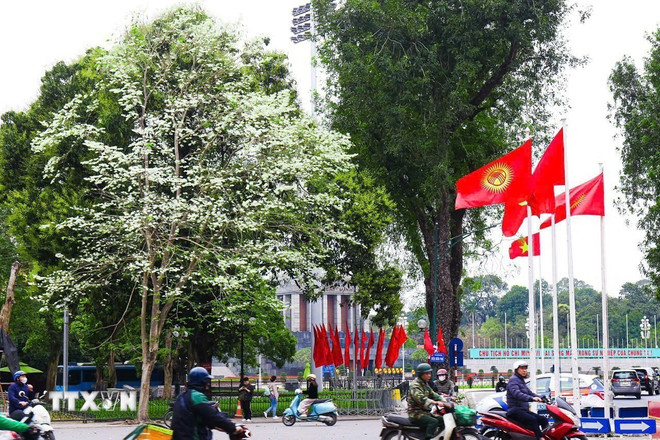
To make green spaces a defining characteristic of Hanoi, a well-planned and long-term strategy is needed. Integrating green space planning into cultural and tourism development strategies, especially programs related to cultural industries and UNESCO creative cities, requires concrete action plans and effective inter-sectoral coordination mechanisms.
Hanoi, a UNESCO Creative City, has a green space planning system that is closely integrated with public spaces such as parks, gardens, squares, public art spaces, and green tourism, contributing to the creation of a synchronized and integrated ecosystem.
Furthermore, policies are needed to encourage the community, social organizations, and businesses to participate in investing in, caring for, and preserving the green space system, especially in new urban areas, industrial zones, schools, and hospitals – places lacking shade and green space. Each street and residential area should ideally become a "green cultural unit," connecting residents' lives and urban identity.
The promulgation of the Master Plan for Green Spaces, Parks, and Reservoirs until 2030, with a vision to 2050 (Decision 1495/QD-UBND), along with the adjustment of the General Planning of the Capital City until 2045 (Decision 1668/QD-TTg), has created a solid legal and planning foundation for the development of green spaces, including street trees.
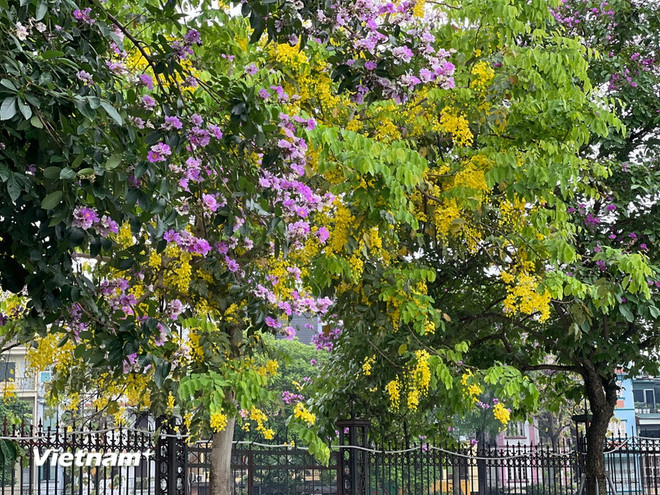
In particular, the 2024 Capital City Law has added many new provisions, encouraging green investment, the socialization of parks, and the preservation of ecological corridors. To increase the proportion of green spaces, Hanoi is focusing on key solutions, first and foremost by accelerating the review and updating of planning to ensure consistency between zoning and detailed plans.
The plan to plant 500,000 trees in the city during the 2021-2025 period also states: Research and develop solutions for developing a synchronized urban green space system that aligns with planning, suits the characteristics of the area's space, and meets urban aesthetic requirements.
Greenery is not only an aesthetic element but also a connecting element between people and their living spaces. The crape myrtle, the banyan tree in autumn, the flamboyant tree in summer… have long been deeply ingrained in the music, poetry, and memories of Hanoi residents, as in the lyrics of musician Trinh Cong Son: "Hanoi in Autumn / The crape myrtle tree is yellow / The banyan tree has red leaves / Lying side by side / Old streets and ancient houses…"
Faced with the pressures of climate change and urbanization, choosing a green lifestyle is no longer just a trend but a strategic requirement. A green Hanoi – a place with shady trees for children to play, colorful flowers for the elderly to reminisce about, and ecological corridors for sustainable development – will be the foundation for creating a humane, livable, and distinctive city.
Source: https://www.vietnamplus.vn/ha-noi-dinh-hinh-ban-sac-do-thi-tu-cay-xanh-bong-mat-va-ky-uc-mua-hoa-post1050084.vnp









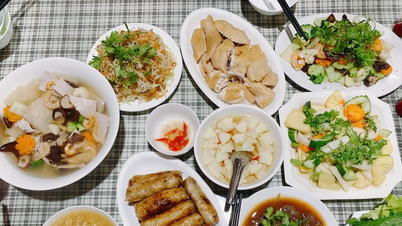
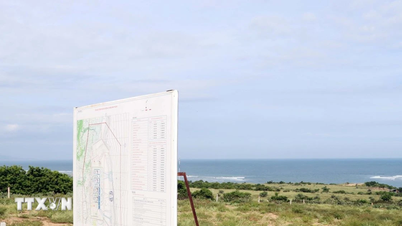
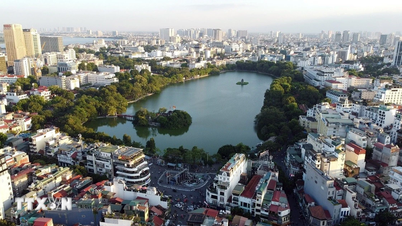
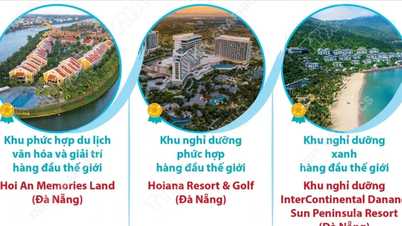
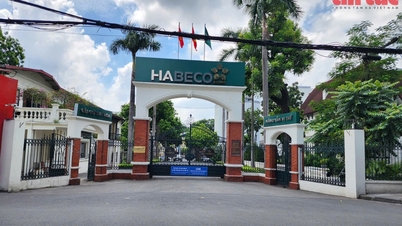

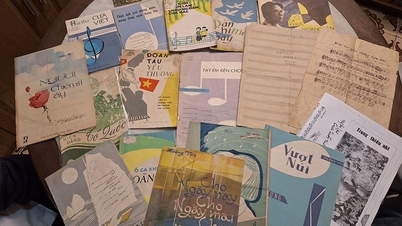

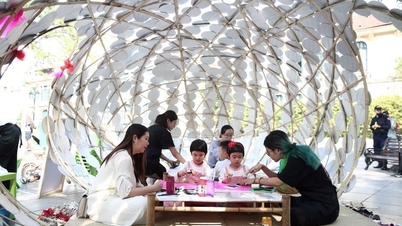
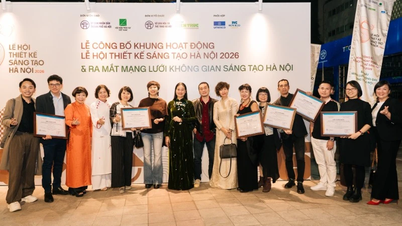

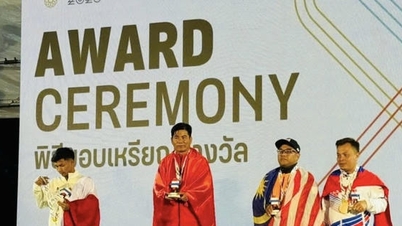

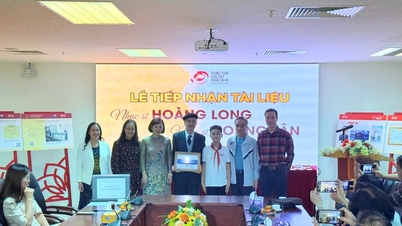





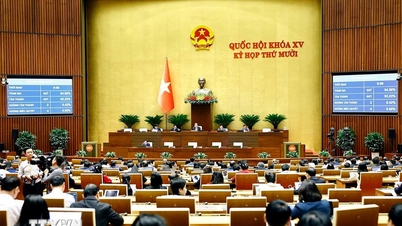
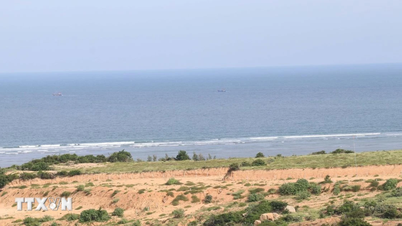

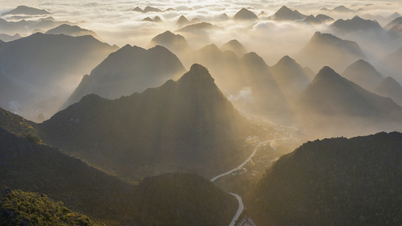
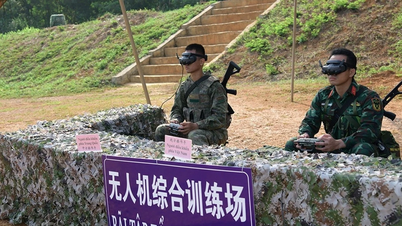
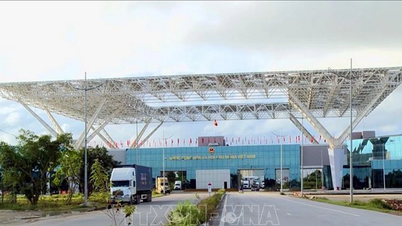

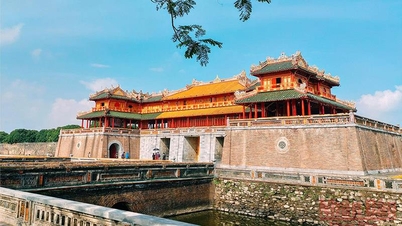

![[Video] The craft of making Dong Ho folk paintings has been inscribed by UNESCO on the List of Crafts in Need of Urgent Safeguarding.](https://vphoto.vietnam.vn/thumb/402x226/vietnam/resource/IMAGE/2025/12/10/1765350246533_tranh-dong-ho-734-jpg.webp)
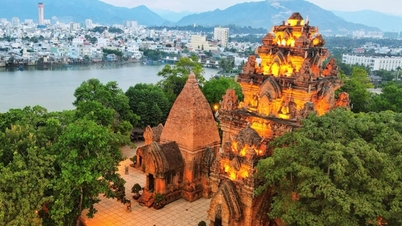



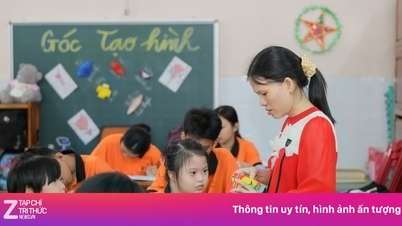




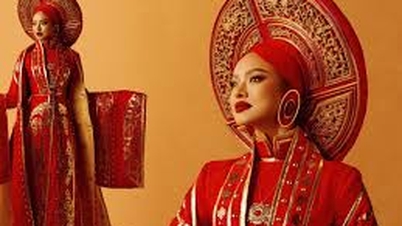

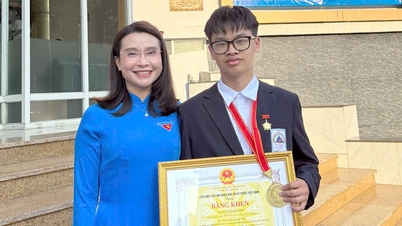

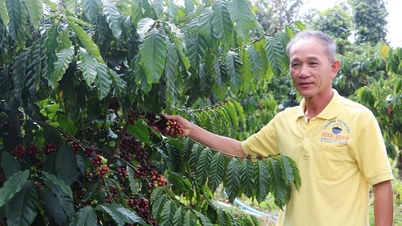

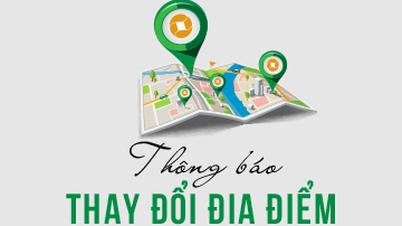




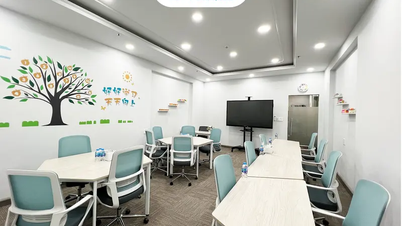











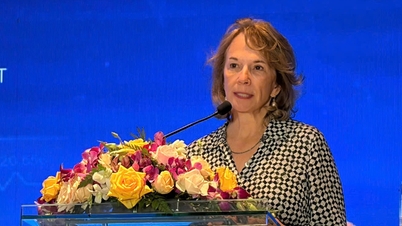



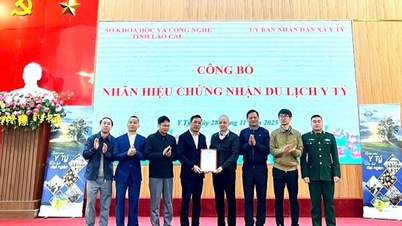
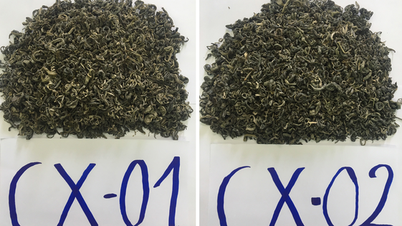

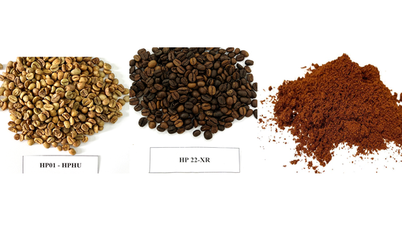
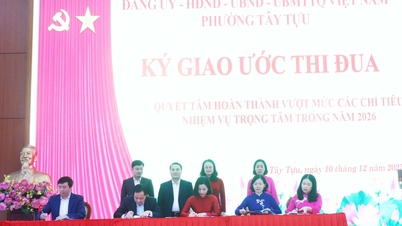
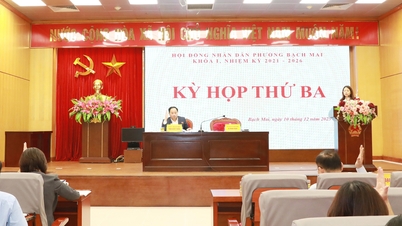
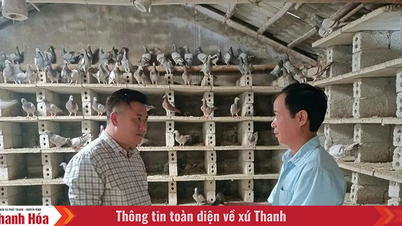

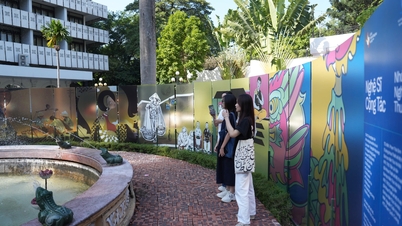

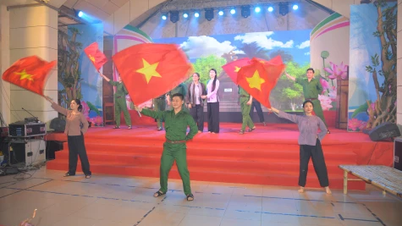

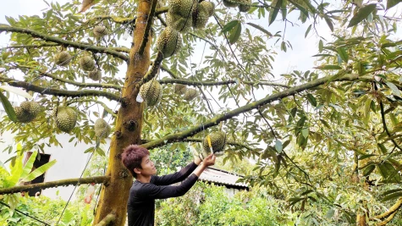













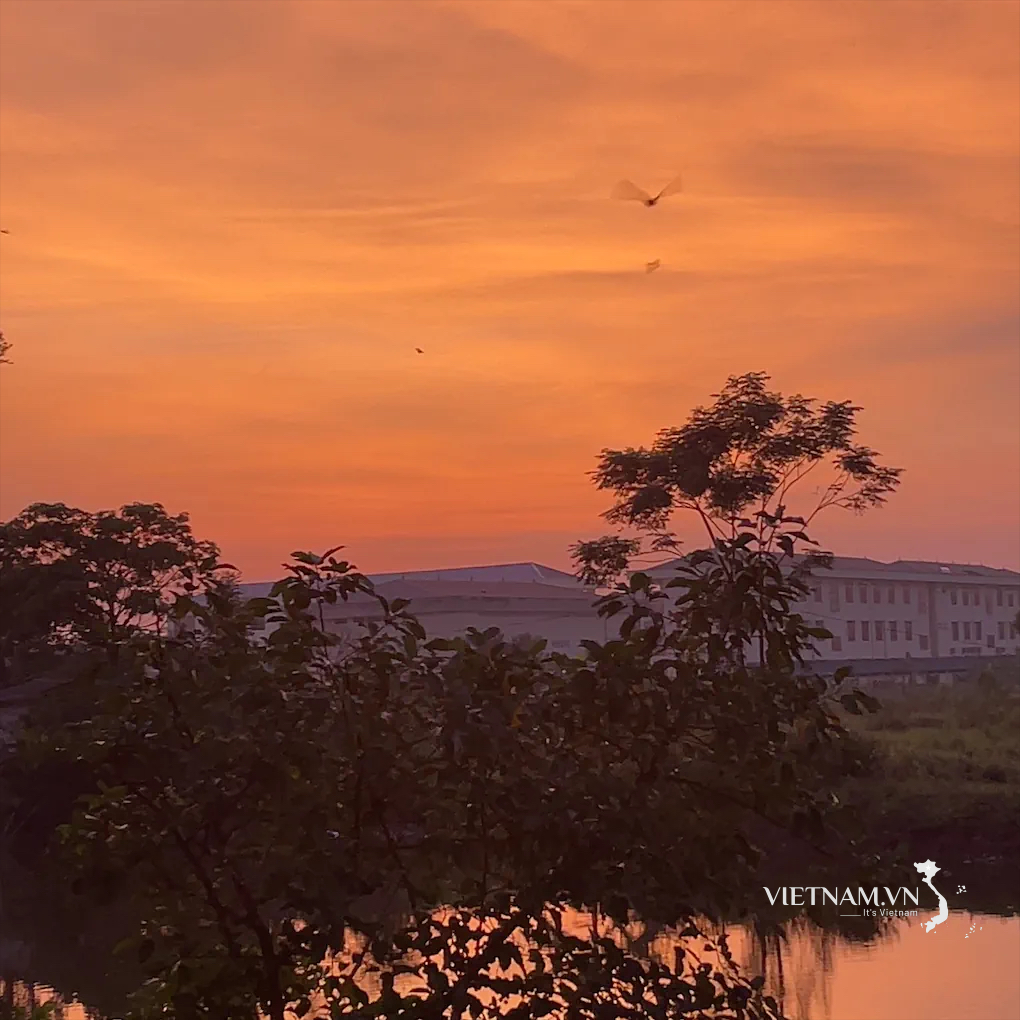




Comment (0)